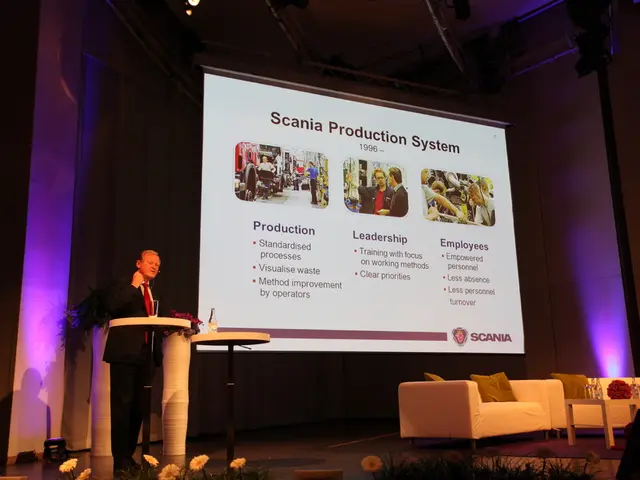Social Justice Laws: An All-Encompassing Analysis
In an effort to address persistent racial and economic disparities, local governments worldwide are enacting programs that target inequities, such as establishing community land trusts or land banks, and enacting ordinances that further social equity by addressing disparities in health care, education, and environmental justice.
One notable example is California's California Equity and Justice Act, which focuses on advancing equity through restorative justice practices and fair treatment across various sectors. New York State, on the other hand, mandates local governments to develop equity action plans tailored to their specific community needs.
Meanwhile, Massachusetts has implemented laws promoting equitable access to healthcare and education for marginalized populations, while Maryland emphasizes equitable housing policies, incorporating anti-displacement measures to safeguard low-income residents.
Internationally, legal frameworks for social equity encompass treaties, conventions, and agreements designed to promote justice and equality across nations. The African Charter on Human and Peoples' Rights, for instance, provides specific guidelines for member states, supporting social equity by creating obligations for governments to ensure all citizens enjoy equal rights and opportunities.
Current trends in international legal frameworks for social equity include strengthening the rule of law, combating discrimination, and prioritizing human rights and welfare. The European Union, for example, has been enhancing anti-discrimination laws and policies, notably with the Equality Body Directive.
Looking ahead, future developments in these frameworks involve new forms of multilateralism that focus on promoting equity, particularly in areas like global health. There is also a push to strengthen laws and institutions that address gender disparities, and increased international collaboration to address global social equity challenges.
However, challenges remain in the implementation and enforcement of these laws, particularly in regions with limited resources or political will. Public interest law, a legal practice focused on advancing social justice and ensuring that legal rights are accessible, particularly for marginalized communities, plays a crucial role in bridging these gaps.
With the integration of technology in legal practices, innovative solutions and technologies can monitor and enforce equity laws more effectively, potentially leveraging digital tools and data analytics to create a more equitable system. Leveraging technology can also enhance advocacy efforts, with data-driven analysis and online platforms galvanizing public support for social equity initiatives.
In conclusion, the evolution of international legal frameworks for social equity reflects a global commitment to addressing disparities based on race, gender, socio-economic status, and other factors that contribute to inequality. As we move forward, it is essential to continue strengthening these frameworks, fostering global cooperation, and leveraging technology to create a more equitable world for all.
References: [1] 2025 Warsaw Principles on the Right to a Remedy and Reparations for Victims of Gross Human Rights Violations and Serious Violations of International Humanitarian Law. (2020). Retrieved from https://www.warsawprinciples.org/
[2] European Union Agency for Fundamental Rights. (2020). Equality Body Directive. Retrieved from https://fra.europa.eu/en/publication/2020/equality-body-directive
[3] United Nations Human Rights Office of the High Commissioner. (2020). Breaches of International Human Rights Law in Welfare Reforms. Retrieved from https://www.ohchr.org/EN/NewsEvents/Pages/DisplayNews.aspx?NewsID=26233&LangID=E
[4] United Nations Development Programme. (2020). New Multilateralism for a New Era. Retrieved from https://www.undp.org/content/undp/en/home/new.html
[5] World Economic Forum. (2020). Global Gender Gap Report and Women, Business and the Law Report. Retrieved from https://www.weforum.org/reports/global-gender-gap-report-2020/ and https://www.weforum.org/reports/women-business-and-the-law-2021/
In the context of legal frameworks for social equity, California's approach extends to contract law through the California Equity and Justice Act by promoting fair treatment across various sectors, including education-and-self-development. New York State, on the other hand, encourages education-and-self-development equity through mandated community action plans that cater to specific community needs.




